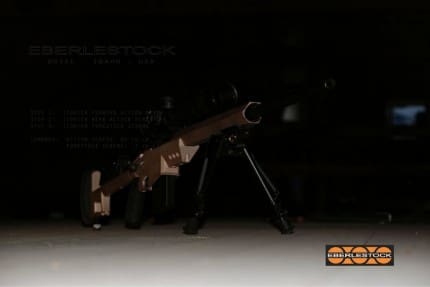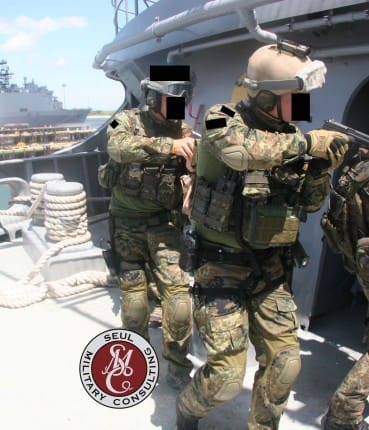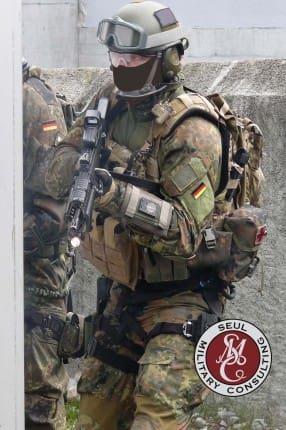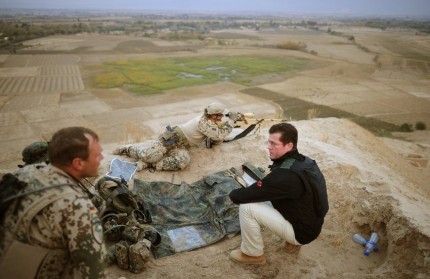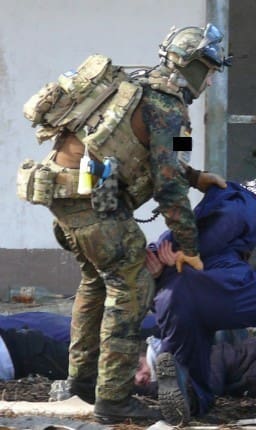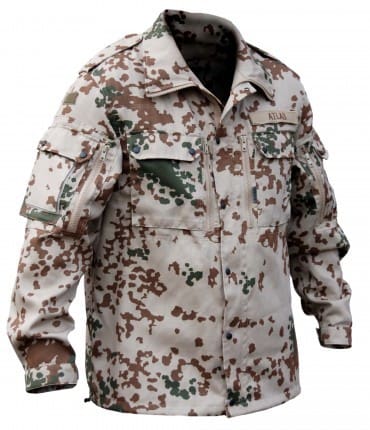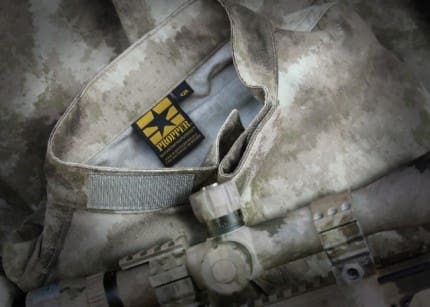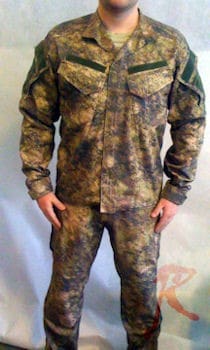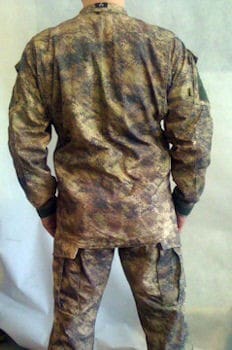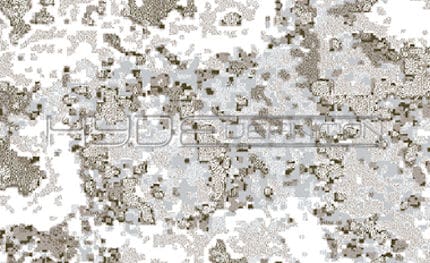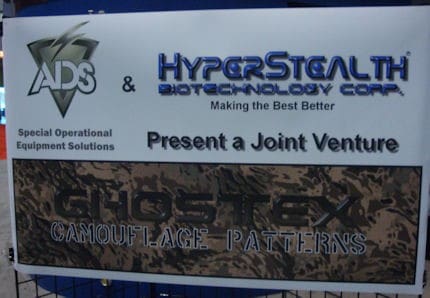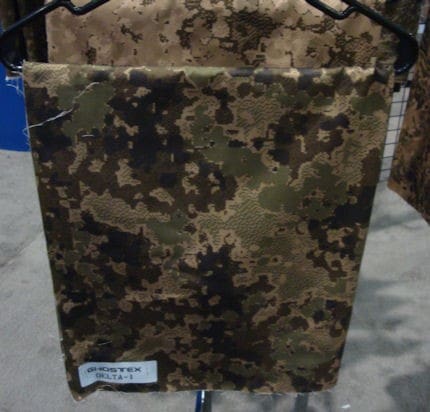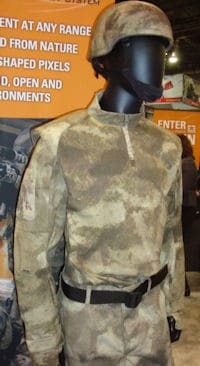 In addition to debuting the ACU in A-TACS at SHOT Show, Propper is introducing an entirely new product in spring called the TAC.U. In this photo you may notice a couple of different things about the combat shirt. The first feature that will strike you is the padded shoulders but there is a lot more going on. This is the first combat shirt we have seen with both adjustable cuffs as well as thumb holes. There is also only one bicep pocket but both forearms incorporate pockets.
In addition to debuting the ACU in A-TACS at SHOT Show, Propper is introducing an entirely new product in spring called the TAC.U. In this photo you may notice a couple of different things about the combat shirt. The first feature that will strike you is the padded shoulders but there is a lot more going on. This is the first combat shirt we have seen with both adjustable cuffs as well as thumb holes. There is also only one bicep pocket but both forearms incorporate pockets.
Additionally, a new pant is also coming in summer. Both garments have a slick aesthetic but you notice lots of features once you get up close. Many tactical clothing on the market is pretty busy so it is refreshing to see something that at least looks simpler. We must admit that some of this may actually be the A-TACS pattern which seems to blend into itself so well that it may be swallowing some of the lines. However, the TAC.U will be available in several other colors including MultiCam following the initial push.
More on the TAC.U soon.


